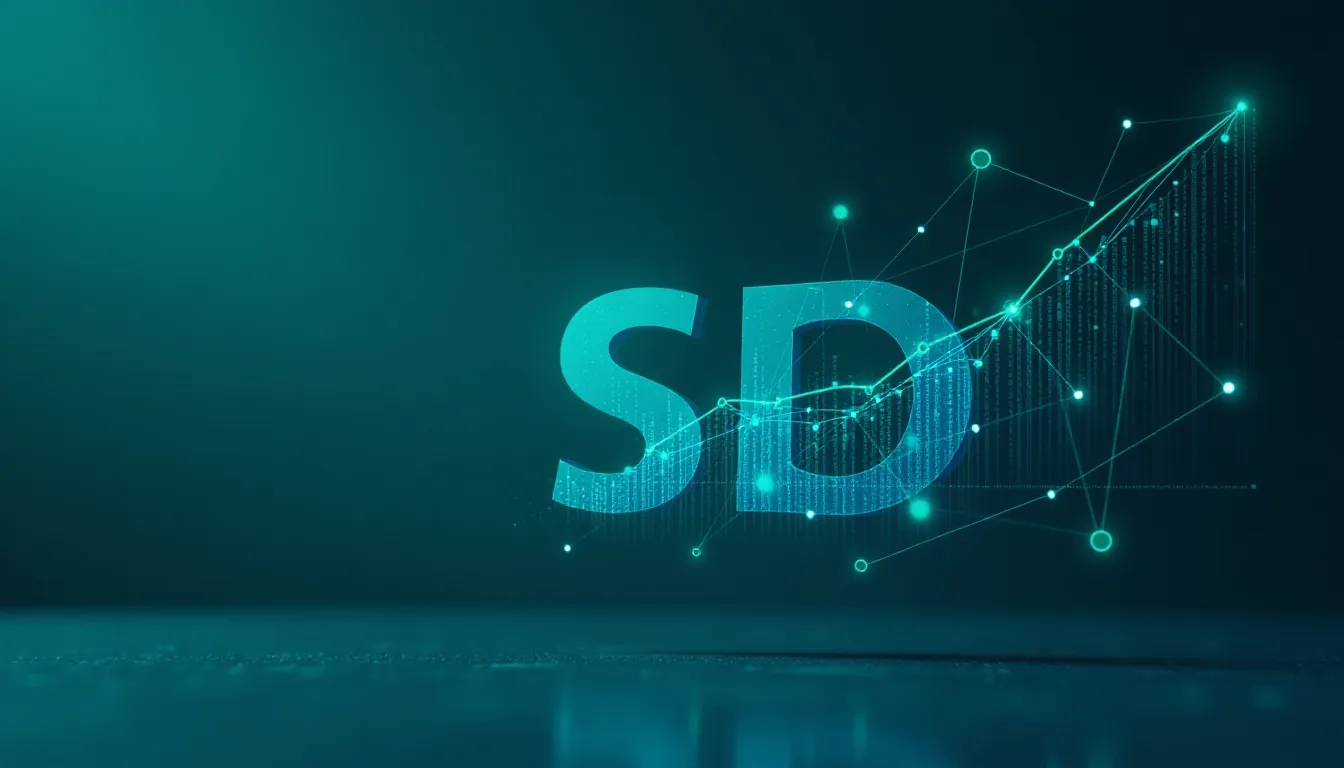Business innovation is a crucial theme in a constantly changing world. With the disruption of traditional markets and the need for adaptation, companies are seeking new business models that stimulate creativity and offer competitive advantages. In this article, we will explore emerging trends and how these innovations can redefine the business landscape.
Disruption as a Driver of Innovation
Disruption is establishing itself as an essential engine of business innovation, being a force that challenges stagnation and promotes constant evolution. Understanding disruption involves recognizing the ability to question and transform the existing status quo. This phenomenon has manifested itself in different forms, with companies operating under technology-based business models being the main protagonists in this change. These organizations often break traditional barriers, offering solutions that not only meet but exceed consumer expectations, creating new market norms.
Examples of disruption can be observed across various sectors. The transportation industry, for instance, was radically altered with the emergence of ride-hailing apps, challenging established taxi companies by offering convenience and competitive pricing. Similarly, the hospitality sector witnessed the rise of platforms that allow home rentals, changing how travelers seek accommodations and often providing more authentic and personalized experiences.
The transformation driven by disruption is not limited to new products and services. It often involves reconfiguring processes and introducing innovations that make operations more efficient, potentially even leading to a complete reinterpretation of a sector. In this context, analyzing the causes of disruption becomes vital. For companies looking to not only survive but thrive in a constantly changing environment, understanding the factors driving these shifts is crucial.
Organizations can prepare for disruption by cultivating an innovation culture, encouraging creativity within their teams and staying attentive to changes in consumer needs. This state of vigilance and adaptation is fundamental, since disruption is not merely an isolated occurrence but an intrinsic part of the business life cycle. Progressing towards innovative business model exploration thus becomes a logical and necessary step in the journey of adaptation and growth in response to market changes.
Innovative Business Models
Innovative business models represent a revolution in how companies create, deliver, and capture value in the market. They break away from traditional structures, allowing organizations to rapidly adapt to consumer dynamics and market demands. Among the most notable examples are digital platforms that connect users and suppliers efficiently, and subscription-based business models that ensure recurring revenue and customer loyalty. The freemium model, in turn, offers basic products or services for free, encouraging upgrades to paid versions.
For an innovative business model to succeed, it is essential to adopt a user-centered design. This means that companies must deeply understand their customers’ needs and desires, creating solutions that truly meet those demands. A practical example is Spotify, which transformed access to music through its streaming platform, offering users a personalized and accessible experience while capturing value through its subscriptions.
Various case studies of startups illustrate how innovative approaches can redefine entire sectors. Airbnb, for example, revolutionized the accommodation market by enabling anyone to turn an available space into a source of income. Its business modeling not only challenged the conventional hotel industry but also explored the sharing economy, demonstrating how different forms of ownership can coexist.
Understanding these models is essential for identifying growth opportunities, especially in a world where continuous disruption is the norm. As companies seek to differentiate themselves, adopting innovative practices becomes a necessity rather than an option. In advancing this journey, it is also vital to consider how creativity can act as a competitive differentiator, shaping innovative solutions that address the challenges of the contemporary market.
Creativity as a Competitive Differentiator
Creativity has become a crucial competitive differentiator for companies seeking to stand out in a saturated market. In a landscape where the similarity between products and services is high, organizations that foster a creative environment not only attract more consumers but also discover unique solutions to the challenges they face. This type of innovation enables companies to continuously reinvent themselves, responding swiftly to changes in market expectations.
To cultivate creativity, companies can adopt various effective practices. Implementing regularly scheduled idea-generating workshops creates a safe space where employees at different levels can express their opinions and suggestions. Additionally, collaborative environments, including areas dedicated to teamwork and experience sharing, are fundamental. Diversity within teams also plays a crucial role; promoting a varied group in terms of skills, experiences, and cultural backgrounds enriches the creative process, leading to new perspectives and problem-solving approaches.
Companies like Google and Pixar serve as paradigmatic examples of how creative innovation can be a central pillar in business strategies. Google, for instance, reserves 20% of its engineers’ work time for personal projects, encouraging the exploration of ideas outside their conventional responsibilities. This policy has resulted in products that transformed the company, such as Gmail and Google News. Pixar, in turn, adopts a “braintrust” philosophy, where films in development are reviewed by peer groups offering honest and constructive feedback. This review model creates an environment conducive to improvement and innovation.
The connection between creativity and solving complex problems is evident. When facing unexpected challenges, companies with a culture of creative innovation are better equipped to find effective solutions. The mental flexibility that creativity provides allows teams to think outside the box, considering possibilities that other organizations may fail to envision. This not only enhances their ability to adapt to new situations but also generates a sustainable competitive advantage, as these creative solutions often set new market standards.
Therefore, by creating a space where creativity can flourish, companies not only invest in innovation but also promote an environment that contributes to continuous growth and sustainability. This dynamic approach not only feeds back into the previously discussed business models but also prepares the company to respond to emerging trends that will shape the future of business. In this context, understanding emerging trends becomes vital for adaptation and leadership in a constantly changing world.
Trends Shaping the Future of Business
Looking to the future, it is imperative for companies to understand the new trends shaping the business landscape. Sustainability, digitalization, and customer experience are among the main forces driving this transformation. Adopting sustainable business models is no longer a choice but an immediate necessity. Consumers are increasingly aware of the environmental impact of their purchasing decisions, and companies that ignore this demand face risks to their reputation and market loss.
Digitalization, in turn, not only redefines how transactions are conducted but also alters the dynamics of customer relationships. Technology has become an extension of consumers’ needs and behaviors. Digital platforms and data analytics tools provide deep insights into preferences and habits, enabling companies to personalize their offerings and connect more effectively. Companies that embrace digitalization not only gain operational efficiency but also become more agile in their responses to market changes.
Moreover, customer experience has become a crucial competitive differentiator. Consumers do not just seek products or services; they crave experiences that generate emotional value and engagement. This means that brands need to go beyond mere commercial transactions and provide memorable interactions that reflect the desires and expectations of the audience. As customer loyalty becomes more volatile, companies that innovate in their value propositions and how they interact with customers stay ahead.
By monitoring these trends, companies equip themselves not only to adapt but to lead in a competitive environment. Understanding how these forces shape consumer behavior and, consequently, competitiveness is fundamental. As this landscape evolves, the ability to innovate swiftly and effectively reveals itself as the true engine of survival and growth in the future of business.
Conclusion
In summary, business innovation is not merely a competitive advantage but a fundamental necessity. Companies that embrace disruption, adopt new business models, and cultivate creativity are better positioned to confront future challenges. By following the right trends, you can ensure that your company not only survives but thrives in the current market.







